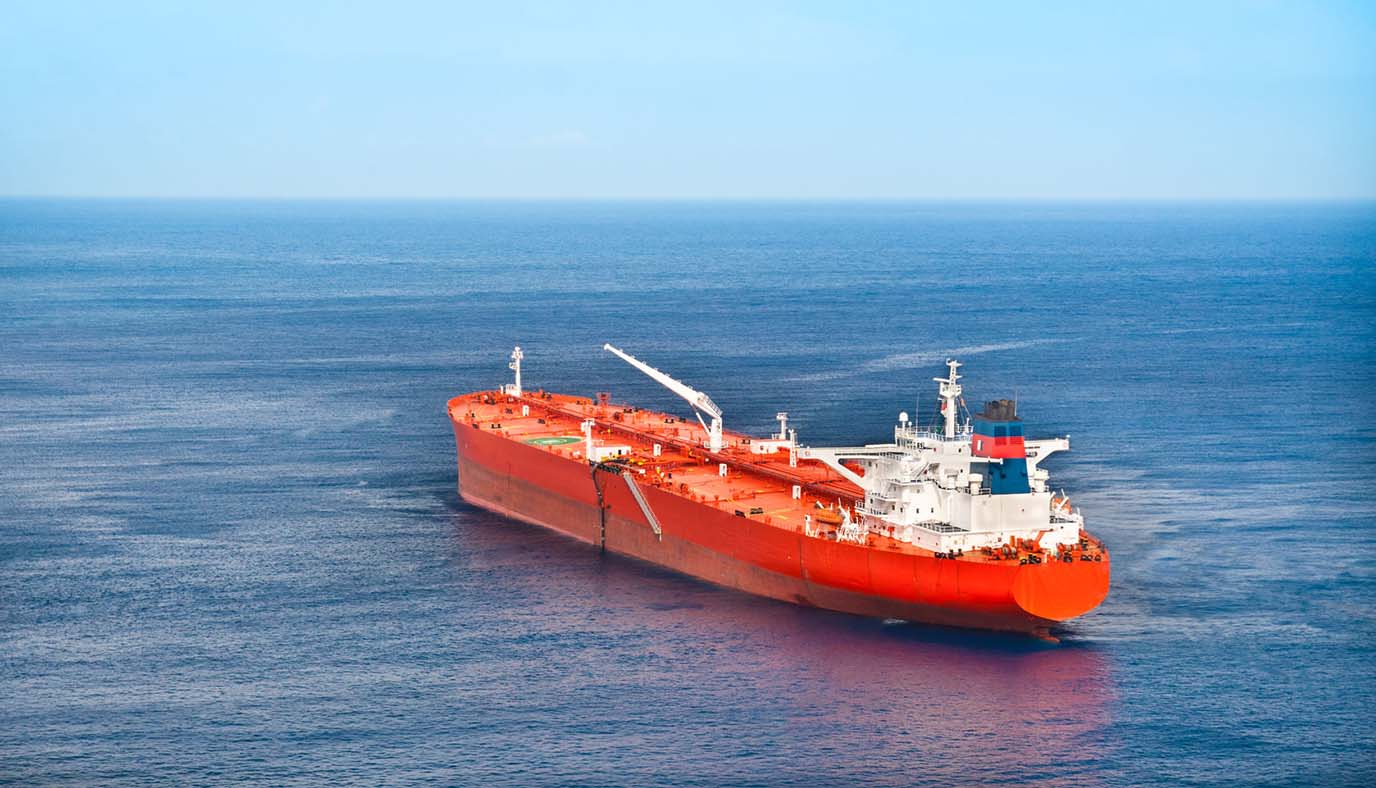LNG network design
Project leader(s):
Prof.dr. Iris F.A. Vis, dr. Paul Buijs,
Consortium:
University of Groningen, Ecos-Energy BV, Stichting Energy Valley, Feederlines, Gasunie, GDF Suez, Groningen Seaports, IMS, Jan de Rijk Logistics, Oliehandel Klaas de Boer BV, TU Eindhoven, Vopak
Funding from:
Dinalog: 50%, universities: 25%, companies: 25%
Summary:
Comprehensive acceptance of bio-LNG (liquefied natural gas) can be facilitated by creating a new distribution point network, including bunker terminals for vessels and filling stations for heavy goods traffic. According to all stakeholders, though, the current situation presents a classic 'chicken and egg' problem: switching to bio-LNG is not an option as long as there is no infrastructure, while few investments in this new infrastructure are being made because of the uncertainty regarding future use.
LNG is among the cleaner fuels which appear to provide great opportunities to the shipping industry and to heavy goods traffic, in particular. It allows lorries to drive more economically and, also, to generate less noise, which results in permission to drive in inner cities outside delivery windows, too. Currently, LNG is actually the only alternative fuel which sea-going vessels can use in order to observe strict emission standards. The Dutch government also recognises the potential of LNG. In order to achieve ambitious goals and make use of the opportunities which LNG offers, the chicken and egg situation must be overcome.
The Dinalog project ‘Design of LNG networks’ - a partnership between COPE, knowledge institutions and the business community- attempted to prevent this imminent deadlock from happening by creating network designs and analysing possible business models. Its predominant aims were to clarify market demand and develop models which help businesses to draw up a business case. Besides that, the project provided tools which help businesses to plan and implement LNG-networks as well as possible. Concrete examples of research questions which were discussed:
-
What are good locations for LNG bunker terminals and filling stations?
-
Which is more efficient: fuelling vessels by means of bunker terminals, tank lorries or with the help of LNG transport vessels, which fuel other vessels while at sea?
-
How can LNG networks be structured in such a way that the right stock is at the right place at the right time?
Additionally, this research focused on designing synchromodal LNG networks. That means that the terminals can be supplied by means of different modes of transport: road, water or rail. This will reduce the possibility of chain disruptions and increase the networks' robustness. Potential technological innovations were also put under the microscope, including the option of transporting LNG in containers, which would allow switching between different modes of transport.


